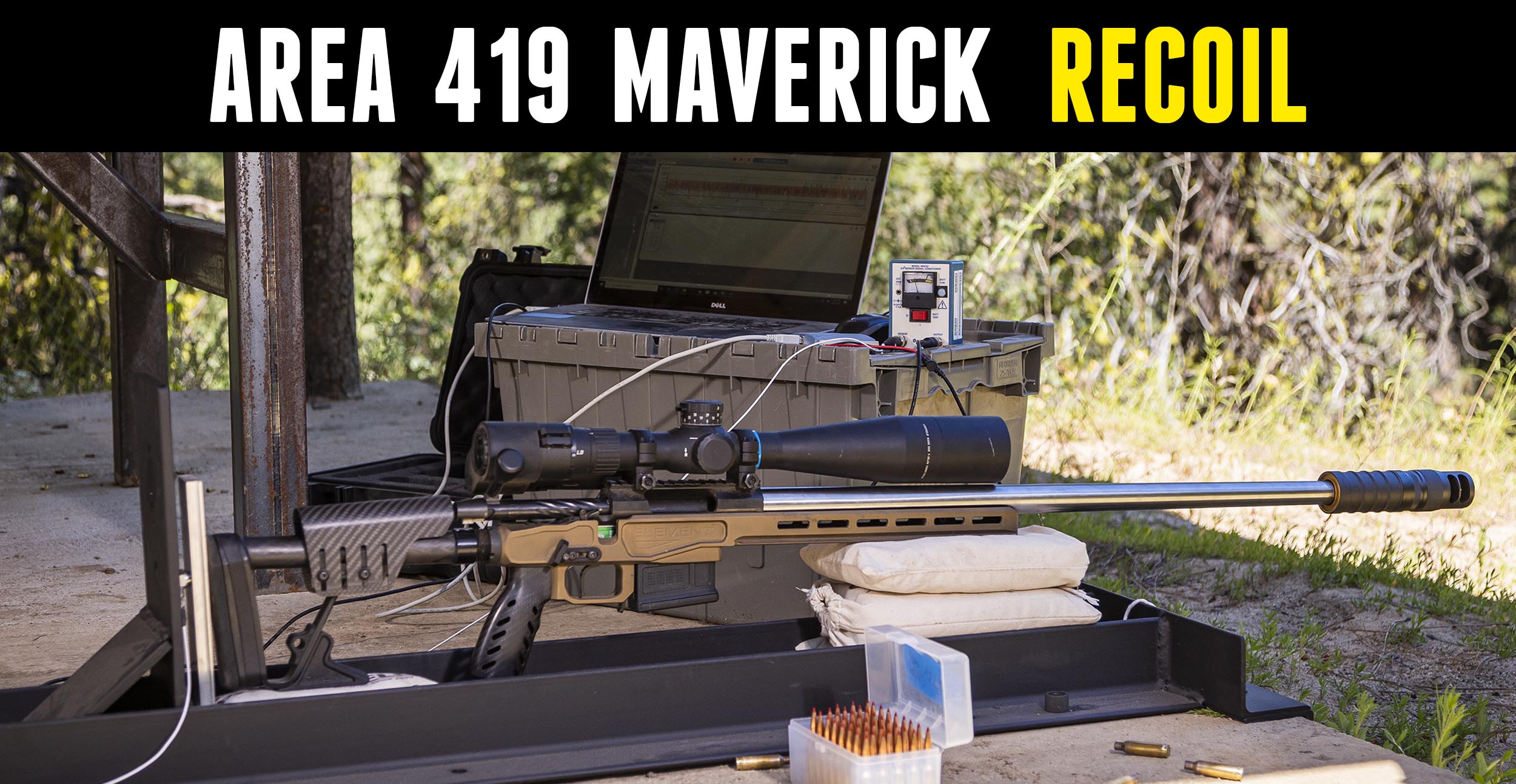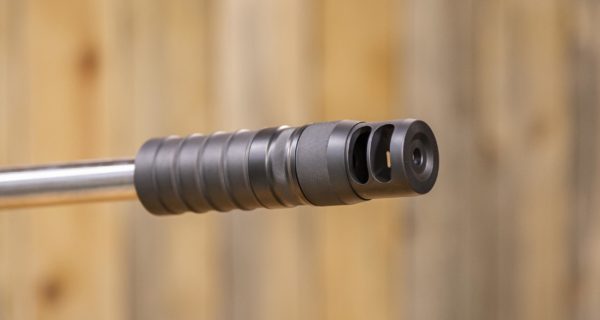Ever wonder exactly how much shooting suppressed affects recoil? We put the Area 419 fully modular Maverick suppressor to the test on our recoil rig and got some surprising results.
Disclaimer
Ultimate Reloader LLC / Making with Metal Disclaimer: (by reading this article and/or watching video content you accept these terms). The content on this website (including videos, articles, ammunition reloading data, technical articles, gunsmithing and other information) is for demonstration purposes only. Do not attempt any of the processes or procedures shown or described on this website. All gunsmithing procedures should be carried out by a qualified and licensed gunsmith at their own risk. Do not attempt to repair or modify any firearms based on information on this website. Ultimate Reloader, LLC and Making With Metal can not be held liable for property or personal damage due to viewers/readers of this website performing activities, procedures, techniques, or practices described in whole or part on this website. By accepting these terms, you agree that you alone are solely responsible for your own safety and property as it pertains to activities, procedures, techniques, or practices described in whole or part on this website.
About The Maverick
The Maverick suppressor is fully modular and aimed towards both competitors and hunters as it is extremely versatile. It works as a suppressor, moderator, and brake!
Here’s the video from our previous deep-dive on the Maverick Suppressor:
Maverick Configurations
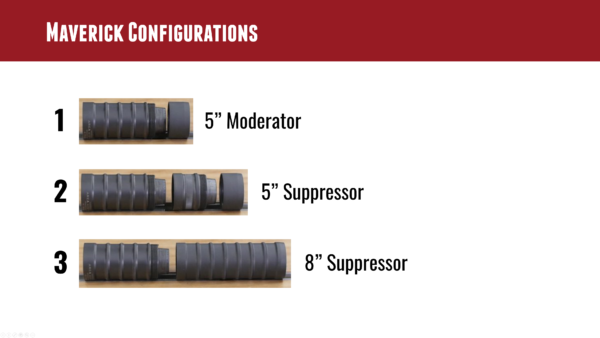
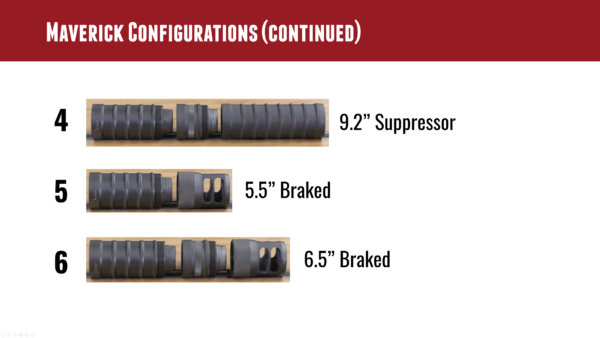
Again, see our full story on The Maverick when Area 419 visited the Ultimate Reloader ranch, but today, we’re digging deeper into the data, specifically RECOIL.
From Area419.com:
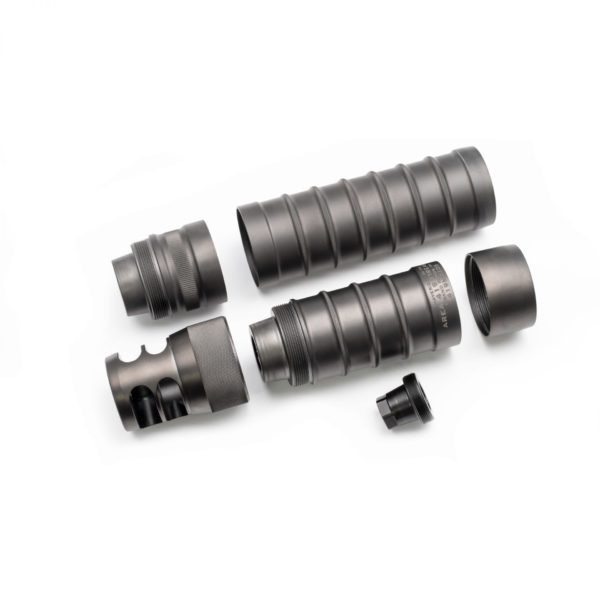
The Maverick is a suppressor, and is subject to NFA regulations. Private ownership will require a $200 tax stamp, as is the case with all suppressors.
Introducing the Maverick Recoil Suppression System
New from Area 419 is the Maverick. This is a reimagining of the muzzle device, meant to provide you the performance of a brake and the in-match comfort of a suppressor, as well as give you the option to train or hunt with the most versatile precision suppressor system on the market. The system uses the patented Hellfire Self-Timing technology, allowing the brake configuration to control the muzzle like nothing else on the market, and utilizes Hellfire and Sidewinder Universal Adapters with left-hand threads to ensure that the system will not loosen with use.
We think it will forever change the way you look at muzzle devices for precision rifles.
Maverick is available in 8” and 9.2” suppressor configurations. I have the 9.2” which offers the greatest versatility.
Maverick 9.2″ Components and Parts
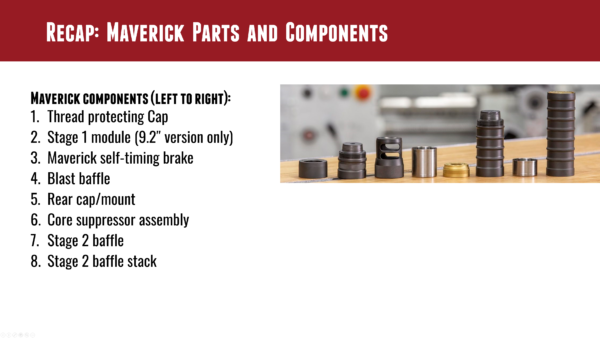
This model has five different configurations: 5” moderator, 5” suppressor, 8” suppressor, 9.2” suppressor, 5.5” braked config and 6.5” braked config.
The Recoil Rig
With some inspiration and help from Cal Zant from Precision Rifle Blog, we’ve built our own recoil-testing rig:
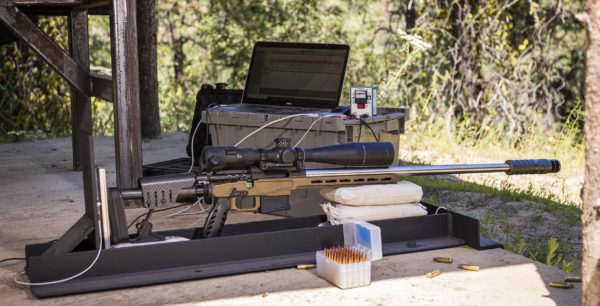
This uses industrial-grade sensors from PCB microelectronics and is capable of reading forces at the buttstock at a rate of 20,000 samples/sec. This isn’t exactly what you’ll feel as your shoulder is a dynamic, pliable system, but the results will be proportional to what you’d experience firing the rifle.
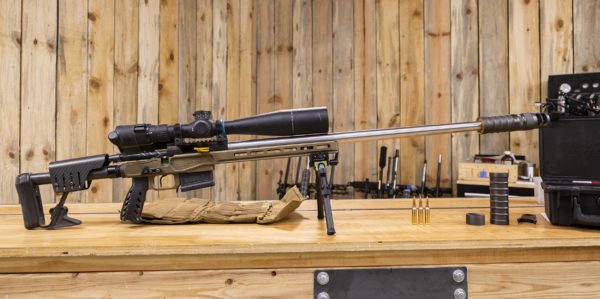
The test rifle is a 6.5 Creedmoor in an XLR Element Magnesium 4.0 chassis, built to meet the weight requirement for NRL Hunter competition. The ammunition we are using here uses the Hornady 147 grain ELD-M bullet (heavy for caliber).
The Test
We ran seven tests total, with the bare muzzle and each of the Maverick configurations, based on the 9.2” version.
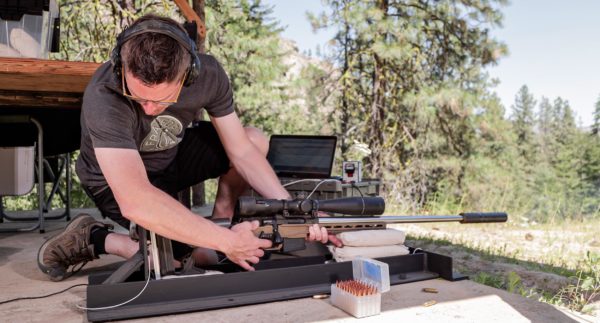
We have up to 100,000 data points here graphed in excel.
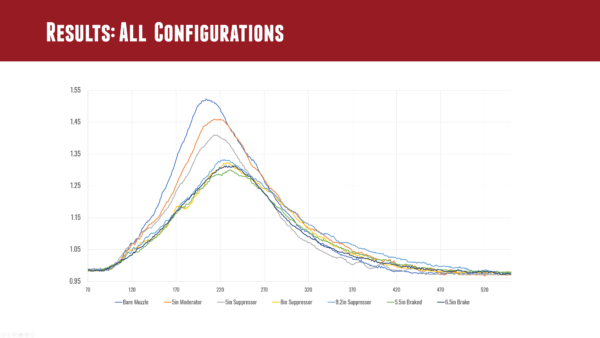
The bare muzzle had the highest peak forces, the 5” moderator and 5” suppressor brought it down, but the 8” suppressor, 9.2” suppressor, 5.5” braked config and 6.5” braked config are all almost the same curve. With each of the last four, it took longer to reach peak forces than the bare muzzle, 5” moderator and 5” suppressor.
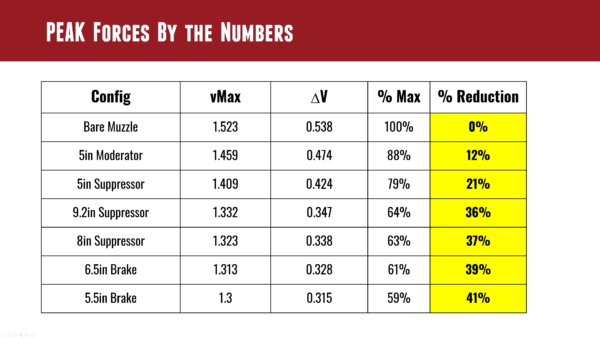
To further quantify how recoil is affected by each of these configurations, we took the baseline voltage and looked at the peak voltage (ΔV). By moving from 5” moderator to 5” suppressor, we nearly doubled the percentage reduction. The 6.5” brake and 5.5” brake are roughly equivalent. Surprisingly, the 5.5” brake had a 2% greater reduction. Even though this percentage reduction is small, there was a noticeable difference in the sound reduction between these two. I’d recommend the 6.5” braked config for anyone worried about sight picture (staying on target) AND sound/blast reduction. Though I’d like to quantify this, we don’t have an effective way to do so, yet.
Conclusion
Moving forward, I’d like to find a way to quantify muzzle rise. I considered putting a laser on the rifle and looking at the projected laser with a high-speed camera or looking at the sight picture through a tactacam. We’d also like to compare standard muzzle brakes, quantify sound levels and accuracy.
I’ve personally noticed that a suppressor can result in a drastic point of impact shift and at other times improve accuracy.
We’ll continue this path of scientific testing — the question for all of you readers is: what do you want to know?
Get the Gear!
The Maverick is available from Area 419, but does require a $200 tax stamp (for those in the United States of America).
MSRP: $1,300 for 8” configuration, $1,500 for 9.2” configuration.
Don’t miss out on Ultimate Reloader updates, make sure you’re subscribed!
Thanks,
Gavin Gear
